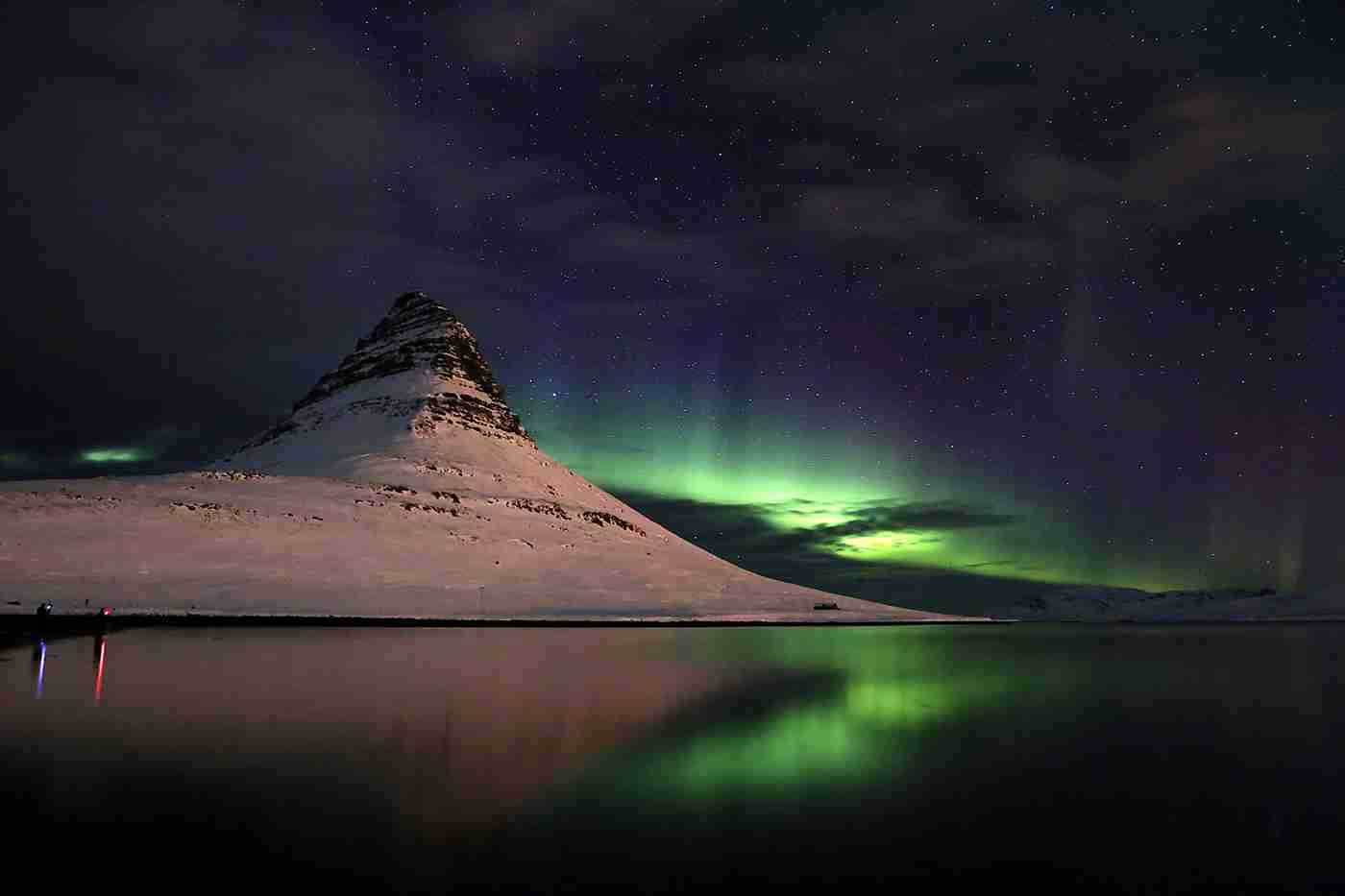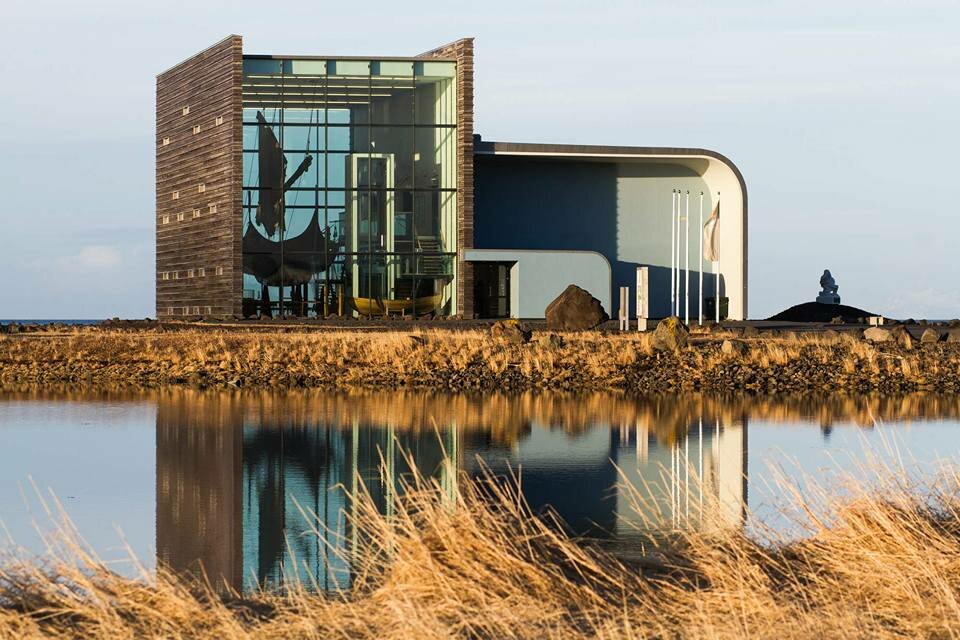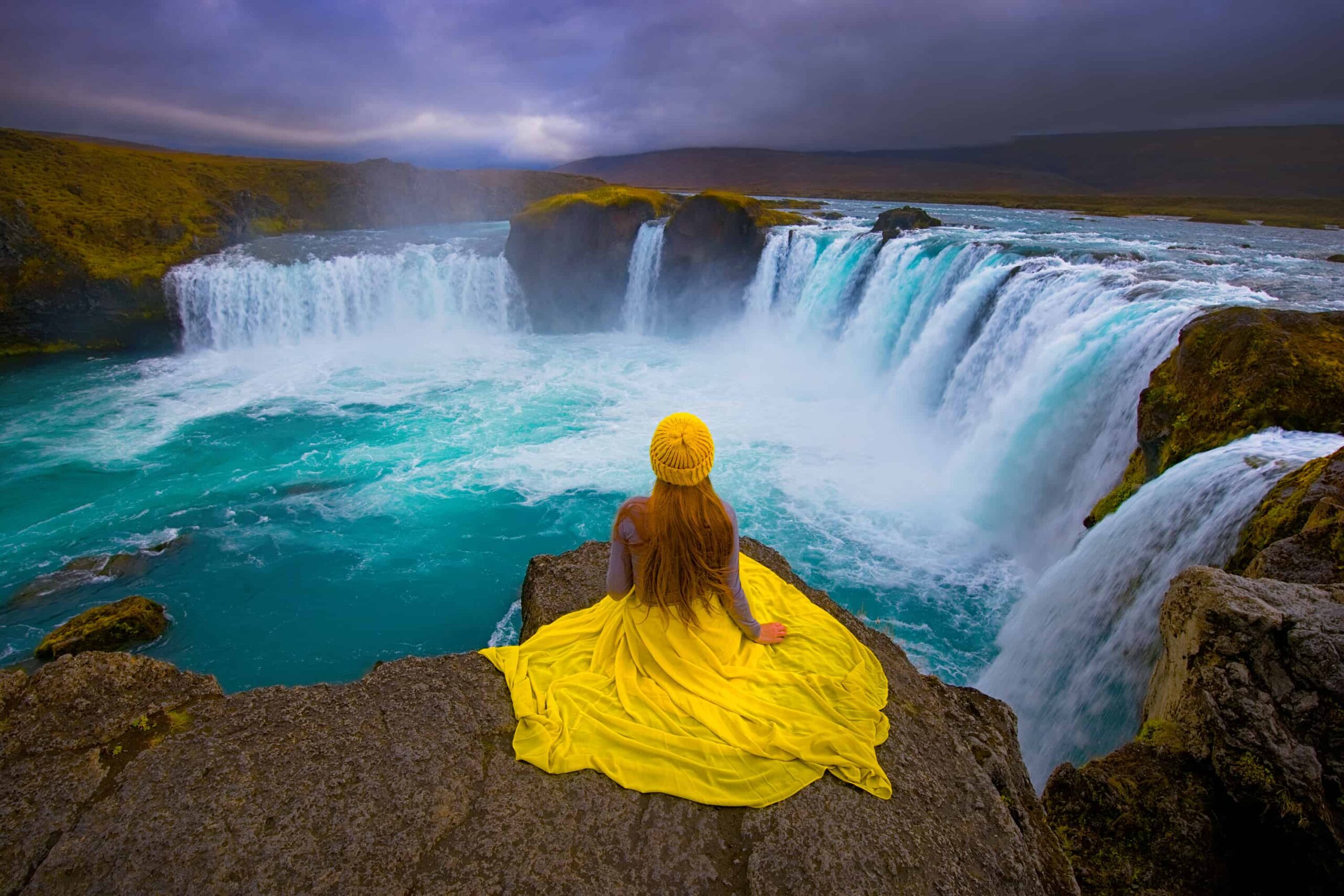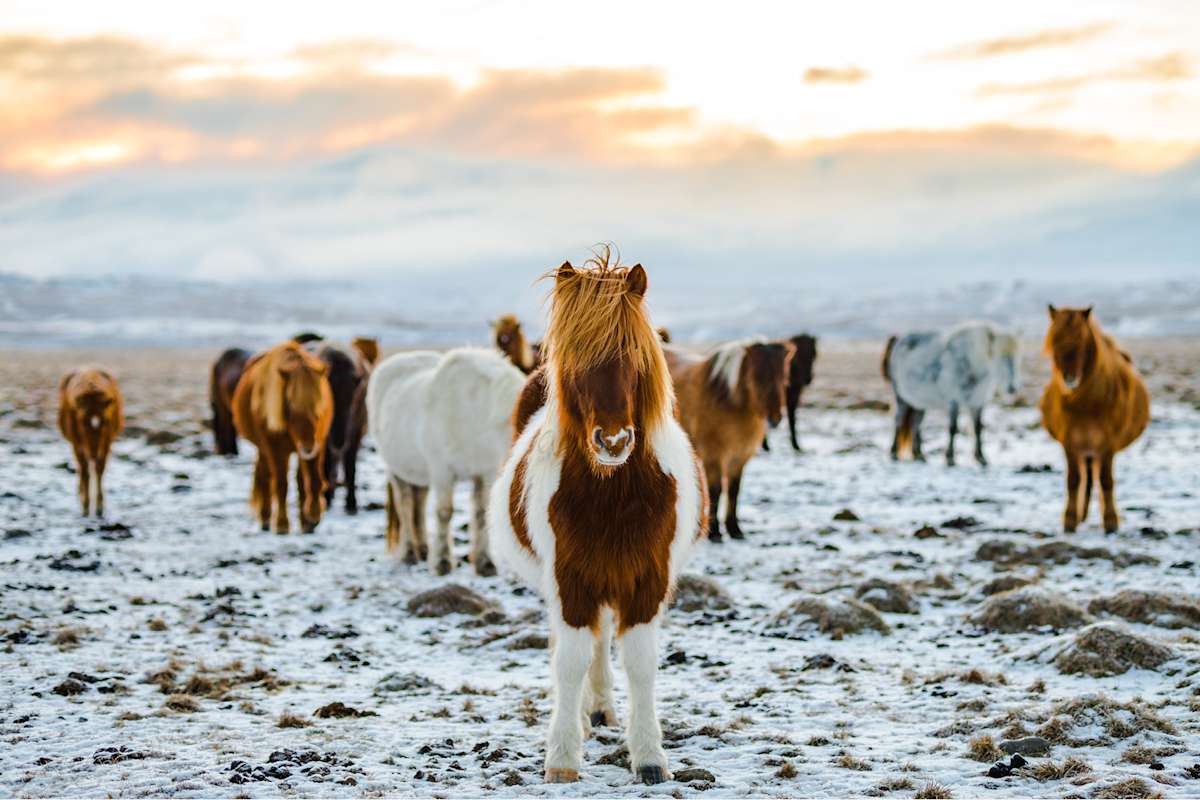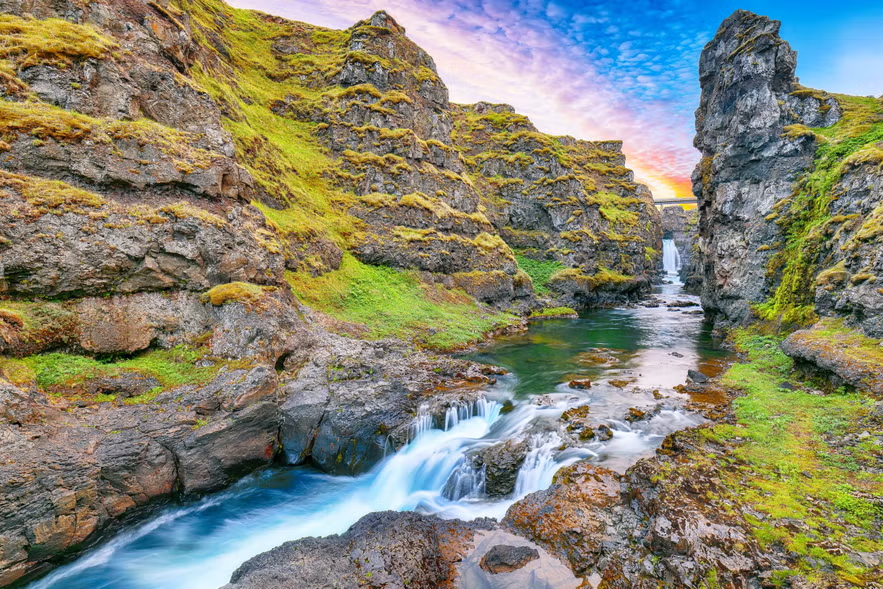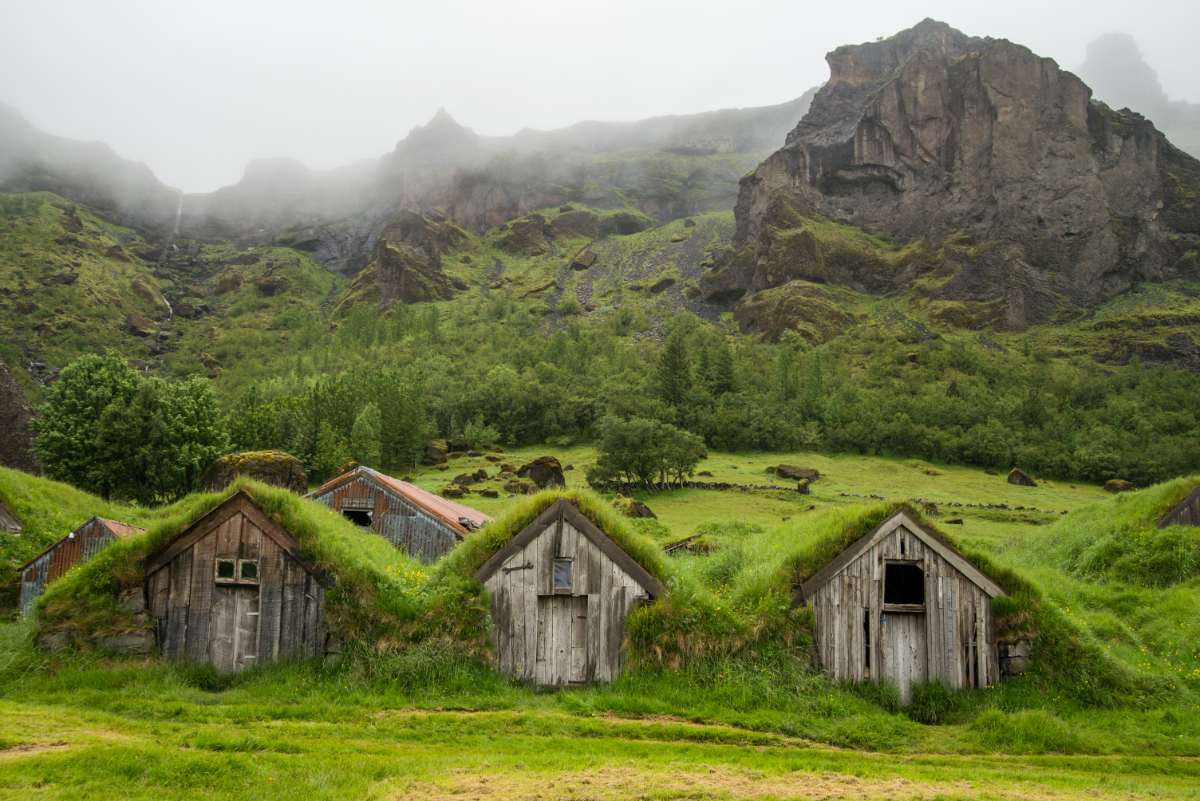What to Pack for Outdoor Adventures in Iceland
Category
Categories
Travel Guide
Type
Glacier Lagoons, Bird Sights
Destination
Vatnajokull national Park
High season
Jun - Aug & Nov - Jan
Area
18 sq km
Outflow
Atlantic Ocean
Popular articles
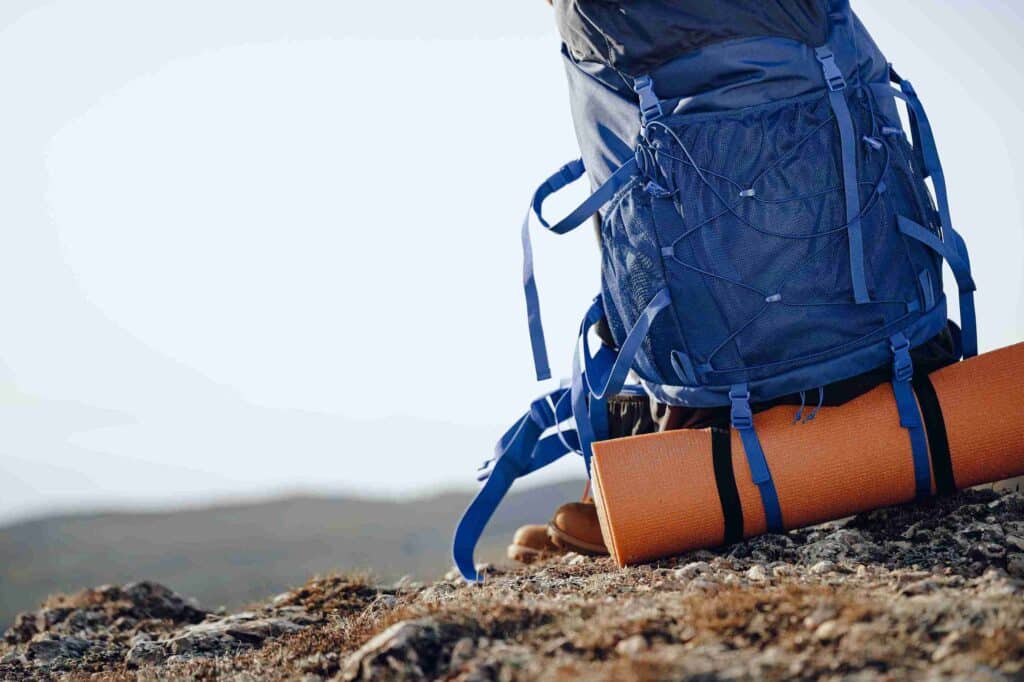
Introduction: Iceland, popularly referred to as the Land of Fire and Ice, is an epitome of pristine nature hosting contrasting landscapes from ancient glaciers to active volcanoes. Known for its dramatic scenery, this geothermal hotspot draws millions of outdoorsy travelers seeking adventure amid its breathtaking landscapes. The country bears an evident contrast of bubbling hot springs and freezing glacier lagoons. Explore untouched lava fields and majestically towering waterfalls. Be it hiking around volcanoes or bathing in the soothing waters of natural hot springs, Iceland is an outdoor enthusiast’s paradise. This guide will ensure you’re prepared for enchanting outdoor adventures in Iceland, rolling out the essential packing list along with some practical advice.
1. Weather-Compatible Clothing
Iceland’s weather is notoriously changeable. To navigate this mercurial climate, layering is key. You will need thermal base layers, fleece or insulated mid-layers, and waterproof shell layers. A good quality, waterproof, and windproof outer jacket is a must. Warm gloves, a hat, and a scarf are also necessary for colder months.
2. Footwear
Iceland’s terrain can be rugged hence, wearing the right footwear is essential. A pair of good quality, waterproof hiking boots provide the right support and traction for long treks across the lava fields and icy paths. For those planning to try glacier walking, crampons- a traction device, that can be fixed to your boots for better grip on the slippery ice, are extremely advantageous.
3. Accessories
Don’t forget a high-UV protection sunglasses for summer months. A swimming costume, towel, and flip-flops are needed for a therapeutic soak at natural hot springs or geothermal pools. Don’t forget a water bottle, as the glacial water in Iceland is some of the purest you can drink.
4. Camping Gear
Camping is a popular way to experience Iceland’s great outdoors. If you plan to camp, pack a four-season tent, strong enough to withstand Iceland’s fierce winds. Thermal sleeping bags designed for colder climates, a portable stove, cooking utensils, and a cooler are pivotal for a successful camping expedition.
4. Photography Equipment
Iceland is a photographer’s paradise – pack your DSLR cameras, lenses (especially wide-angle and zoom ones), sturdy tripods to capture long-exposures of the Northern Lights, ND filters for the dreamy waterfall shots, and spare batteries. A waterproof camera bag is a staple to protect your gear from the elements.
5. Outdoor Equipment
For hiking or walking trails, it’s a good idea to have walking poles. Binoculars could bring you an unforgettable close-up view of puffins or whales. Don’t forget a headlamp if you plan on any evening hiking – especially if you’re hunting for Northern lights.
6. Safety Gear
Given Iceland’s variable weather, safety gear like a weatherproof map or a compass, a first aid kit, and a whistle are always good to have on hand. Always have a GPS and a local SIM card or a portable Wi-Fi for maintaining connectivity while on the road.
Knowing that Iceland was formed out of volcanic eruptions, the island country has several active volcanoes. Eldgjá, known as the ‘Fire Canyon’ is the largest volcanic canyon on earth, and Krafla Volcano, with its lava fields, is an awe-inspiring site. Fagradalsfjall volcano, recently active after 800 years, gives you an unforgettable experience of natural pyrotechnics. Hiking these volcanoes provides an exhilarating experience of unfathomable scenic beauty.
Iceland takes pride in its countless waterfalls, each with its distinctive feature. Seljalandsfoss and Gljúfrabúi are unique as you can walk behind these waterfalls. Dynjandi, a tiered waterfall in the Westfjords, takes a form of a bridal veil, and Svartifoss waterfall is framed by impressive basaltic columns, to list a few. The best time to visit is post springtime for fuller waterfalls resulting from melting snow.
Hot springs and geothermal spas dot the country, with Blue Lagoon being the most famous. However, less-touristy options like Grjótagjá, a small lava cave near Mývatn, Landmannalaugar in the Highlands, or Grettislaug in North Iceland, offer more serene and intimate experiences.
To conclude, Iceland’s rugged contours conveyed through its active volcanoes, charismatic glaciers, thunderous waterfalls, and steaming geysers invoke an irresistible attraction for adventure and nature lovers. Beyond the tangible experiences of breathtaking vistas, Iceland allows you to experience the force of nature in its raw, most primitive form, taking you on a journey of inner exploration and revelation. This adventure, however, deserves thoughtful planning and preparation. So pack your bags right, pull out your intrepid self, and take a plunge into the truly mesmerizing world of the Icelandic outdoors. Embrace the wild, feel the power, and lose yourself in the mythical and primeval beauty of Iceland!

